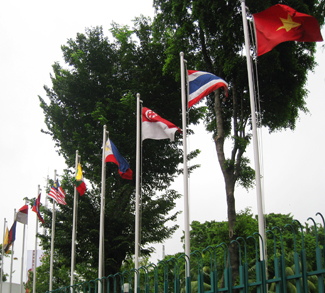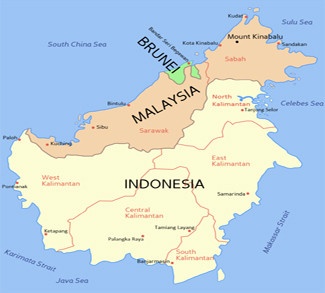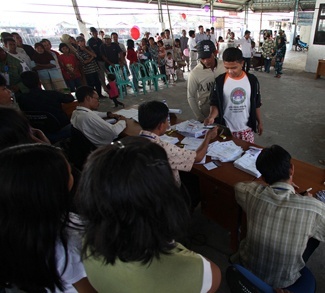The eminent academician Dr. Anis H. Bajrektarevic says that “there [can be] no Asian century, without the Pan-Asian multilateral setting.” The Americas, he says, have the Organization of American States (OAS), Africa has the African Union, and Europe has the Organization for Security and Cooperation in Europe (OSCE). There is no counterpart in the sprawling continent of Asia.
We do have multilateral settings, like South Asian Association for Regional Cooperation (SAARC) and Association of Southeast Asian Nations (Asean), but these are in spots of a huge continent. Wide forums like Asia-Pacific Economic Cooperation (APEC) have no security mandate. I add: the Bali Principles of the East Asia Summit aren’t legally binding. To Bajrektarevic, the robust structures in Asia are bilateral and asymmetric: US-Japan, US-Singapore, Russia-India, Australia-Timor-Leste, etc.
Hence, the situation in Asia today, he says, is akin to that of Europe before World War II. Neither balanced nor symmetrical, it’s unstable.
That’s one more compelling reason why regional nations should support the proposal of Indonesian Foreign Minister Marty Natalegawa for an Indo-Pacific regional treaty of friendship and cooperation. The envisioned treaty would be something like the Treaty of Amity and Cooperation (TAC) in Southeast Asia, but this time covering the larger Indo-Pacific region.
Thus, the larger region would replicate the experience of Asean countries. Assured that the guns would remain silent, they could focus on building confidence and common security, and the pursuit of economic and sociocultural synergy.
The initial negotiating venue, says Marty, will be the East Asia Summit, which groups Asean with China, South Korea and Japan as well as the United States, Russia, India, Australia and New Zealand. Since the non-Asean participants have all acceded to the TAC, they should have no problem committing themselves to old commitments.
So far, only the United States has committed itself in principle to supporting the proposal. All other foreign ministers concerned have taken official note of it. No one has voiced objection. Several Asean diplomats have expressed personal opinions favorable to the idea, taking care to belabor their views are not official.
Two Asean members that should be early supporters of the proposal are Vietnam and the Philippines. They’re on the frontline of the dispute over China’s voracious claim to the South China Sea. Late last week the foreign minister of Vietnam made an official visit to the Philippines. He and his Filipino counterpart talked about working with Asean for an early start of negotiations toward a Code of Conduct in the South China Sea.
Comments are mostly in favor, some affirming the need for the projected treaty while expressing fear there’s too little trust among relevant nations for it to see the light of day. One Australian pundit cast doubt if a divided Asean has the muscle to push it. There are the usual knee-jerk predictions that China will shoot it down.
The dilemma is that while progress toward the proposed treaty must be incremental — it has to be painstakingly crafted and chewed over — the need for it is urgent. Any time, any day, violent conflict could erupt in the region for three reasons cited by Marty: the trust deficit within and among nations, the unresolved territorial disputes all over the region, and the profound geopolitical changes taking place within it.
There is also that lack of symmetry in the bilateral alliances involving the regional nations. This can only be remedied by a comprehensive and binding multilateral structure that would give the region greater stability.
That can only be an Indo-Pacific treaty of friendship and cooperation.
This article first appeared in the Jakarta Globe on August 5, 2013.
The opinions, beliefs, and viewpoints expressed by the authors are theirs alone and don’t reflect any official position of Geopoliticalmonitor.com.




